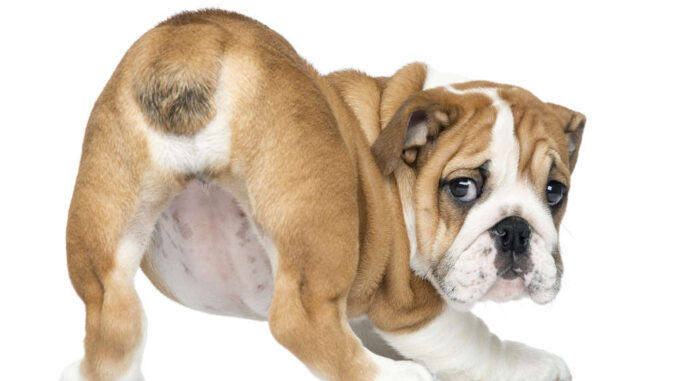
This article was updated on September 23rd, 2023

It’s never normal for your furry friend to have discharge from their anus, and if you’ve noticed your dog’s rear end is leaking, it’s time to call a vet. This issue is something I see with relative frequency in my clinic and it can cause a lot of worry for owners.
The discharge may come out randomly or when a dog is passing feces. The owner might notice a foul stench, or their dog may be leaking odorless fluid from the anus.
Thankfully, for the majority of patients, this is an issue that is easily remedied, and it is rarely serious. Let’s take a closer look at the top causes and treatment options.
Why is there a leak (discharge) from my dog’s bottom? 4 most likely causes.
The 4 most likely causes include full anal glands, infected anal glands, diarrhea or collitis:
1. Anal glands are full
Blocked anal glands are really common and we generally see them in smaller breeds and dogs who are obese. Normally, the dog would express their own glands each time they pass a solid poop. When this doesn’t happen, the anal gland fluid may leak out of the bottom onto your furniture or the floor.
Key signs:
- The anal gland fluid is quite easily identified as it has a strong, fishy smell.
- The color ranges from yellow to dark brown and it can be a watery liquid or a thick paste.
- If your dog’s glands are full, you may notice they are dragging their bottom along the ground and quickly looking behind at the irritated area.
- Usually, there is no swelling that is visible on the outside, so your dog’s butt should look normal when examined.
Solution: express your dog’s anal glands
A more seasoned owner may feel comfortable expressing glands at home. This can usually be done with the help of one person to hold the dog still. However, a groomer or vet will always be happy to help out if you’re uncomfortable doing this or aren’t sure you’re emptying the gland fully. Learn how to express anal glands.
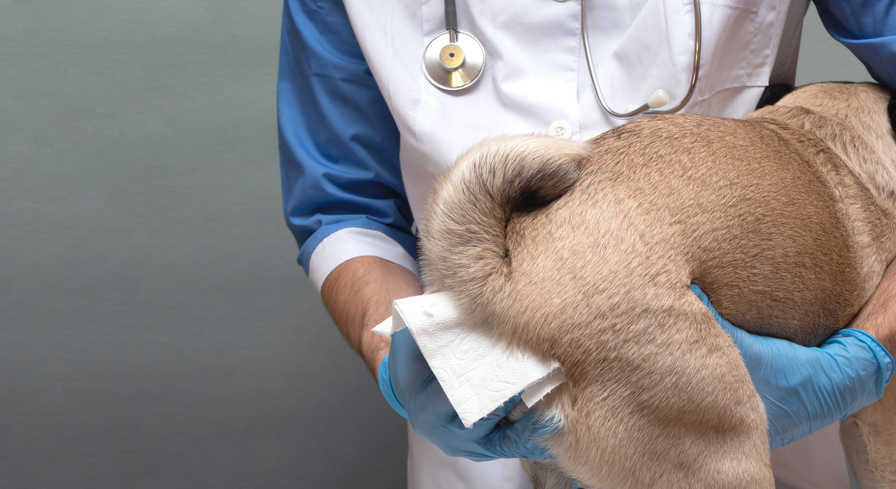
2. Anal gland infection/abscess
Full anal glands can also sometimes lead to an anal gland infection developing and a painful abscess forming.
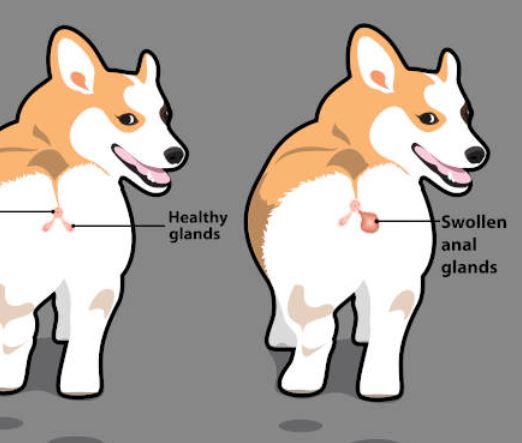
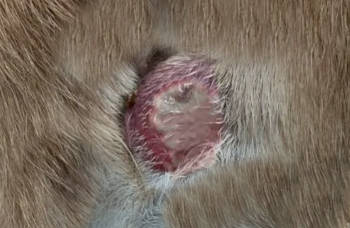
Key signs:
- blood, pus, and anal gland contents can leak from small holes on either side of the anus
- significant swelling and redness on the affected side of the
How bad it is? It can be alarming for an owner to notice their dog bleeding from their bottom for no apparent reason, but the dog is no real danger here.
Solution: Your vet can empty your dog’s glands and prescribe antibiotics, anti-inflammatories, or pain relief. More serious abscesses may need to be drained and flushed under anesthetic.
From home, we’re a bit limited but we can gently bathe the area with salt water to keep it as clean as possible. It can also help to trim the fur short to allow better ventilation. If your dog is trying to lick or chew their abscess, protect it by using a buster collar.
3. Diarrhea and overflow
If your dog has diarrhea, you may find that they aren’t always able to hold it in. With severe diarrhea, we can see temporary fecal incontinence. If your dog has diarrhea and is also leaking brown fluid from the anus that smells like feces, this is likely the case.
The treatment here would be addressing the underlying cause of the diarrhea. There can be a wide range of causes, including parasites, an infection, a food intolerance, or an endocrine disorder.
Read our easy tips to stop your dog’s diarrhea fast by Dr. Alex Crow.
4. Colitis
Colitis is incredibly common, with most dogs suffering at least one bout in their lifetime. Colitis is an inflammation of the colon or lower gut.
Key signs:
- Fluid leaking from the anus. One of the hallmarks of colitis is a mucus discharge, which can appear like clear or yellow jelly.
- Blood in the stool and loose stools. We can sometimes see fresh red blood leaking from the butt. This discharge is most often seen right after the dog passes stool.
- Lethargy or reduced appetite.
Some dogs can be prone to more frequent bouts. For these dogs, there is often an underlying issue, such as a food intolerance or generalized anxiety.
What can I do if I suspect Colitis?
At home, we can feed a low-residue or hypoallergenic diet and keep our dog well hydrated by mixing water with meals and offering them a rehydration solution. Most patients also benefit from prebiotics and probiotics. Do visit your vet to confirm diagnosis and identify any underlying cause. In some cases, dogs need more specific treatment, such as antibiotics and/or anti-inflammatories.
Related posts:
Disclaimer: This website's content is not a substitute for veterinary care. Always consult with your veterinarian for healthcare decisions. Read More.



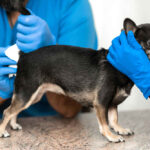
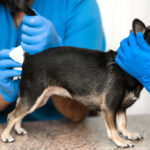

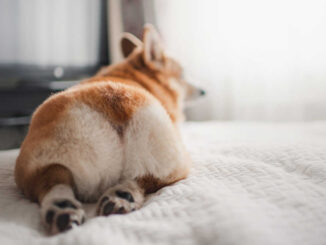
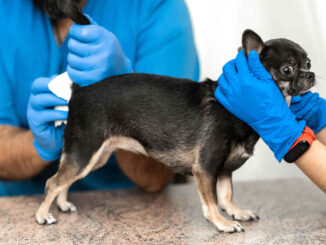

Be the first to comment